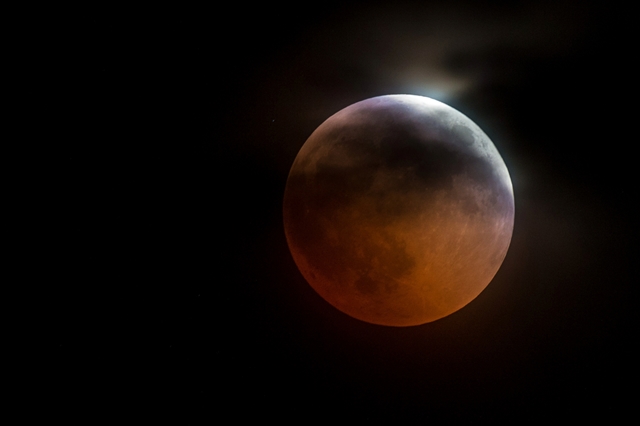ID :
620513
Wed, 01/26/2022 - 13:20
Auther :
Shortlink :
https://oananews.org//node/620513
The shortlink copeid
Russian Moon Base May Be Equipped With Reserve Spaceship for Emergencies, Developer Says

Russia is one of a handful of space powers with plans to send human beings back to our lunar satellite, this time for deployments much longer than those of the US Apollo programme of 1969-1972 – which consisted of manned lunar reconnaissance missions.
The prospective future Russian lunar base may be equipped with a reserve spacecraft capable of taking off from the Moon’s surface, Vladimir Solovyev, recently appointed chief designer at Russia’s rocketry giant Energia has said.
“The possibility of some kind of reserve lunar ascent/descent vehicle is one new and important idea. And things will be more calm on the Moon [for cosmonauts] if there is a reserve ship which can take off,” the retired cosmonaut said, speaking at the Korolev Academic Space Conference in Moscow on Tuesday.
According to Solovyev, the initial configuration of the base must include a lunar energy system, specialized construction equipment, a pressurized lunar rover and an expeditionary module. The base itself should be created only when the Moon’s resources are explored in greater detail, and particularly when the possibilities for oxygen and water are sourced, and flight participants have reliable means of communication and navigation at their disposal.
Russia currently plans to send cosmonauts to the Moon by the year 2030. After that, scientists also hope to construct observatories on the lunar surface to observe the universe.
Russia and China also have ambitious plans to create an open and inclusive ‘International Scientific Lunar Station’ by the year 2035. The two countries plan to sign a new space cooperation programme for the years 2023-2027 later this year.
NASA hopes to send astronauts back to the Moon by 2025 together with their partners from the European Space Agency, the Japanese Aerospace Exploration Agency and the Canadian Space Agency, and to create a sustained lunar presence by the year 2028.
The last human beings set foot on the Moon in December 1972 with Apollo 17, which marked the end of the Apollo programme.
Russian space scientists' fascination with the Moon goes back to 1959 and the snapping of the first photographs of the far side of the Moon by the Soviet Luna 3 ('Moon 3') probe. In 1966, the Luna 9 became the first spacecraft to perform a soft landing on the Moon. In the 1970s, the Luna 17 and Luna 21 missions carried Lunokhod ('Moonwalker') robotic wheeled vehicles to explore the Moon’s terrain, another first. Between 1970 and 1976, three Soviet robotic landers scooped up small amounts of lunar soil and sent them back to Earth. The USSR planned to establish the Zvezda (‘Star’) Moon base with a garrison of 9-12 cosmonauts as early as the 1970s, but the project was put on hold due to the failure of the N1-L3 manned expedition programme, and then scrapped altogether after the collapse of the USSR in 1991. The post-Soviet Russian Luna-Glob ('Lunar Sphere') lunar exploration programme was developed in the late 1990s and initiated in the 2010s, but has faced repeated delays since 2014, with its first mission - Luna 25, now planned to be launched this summer. If successful, it will be the first Luna-series mission since the Luna 24 sample return mission of August 1976.
Read more: https://sputniknews.com/20220125/russian-moon-base-may-be-equipped-with-reserve-spaceship-for-emergencies-developer-says-1092513987.html





